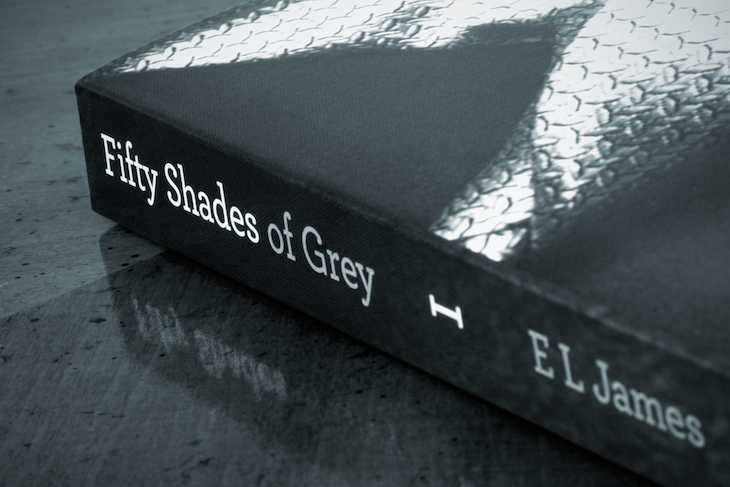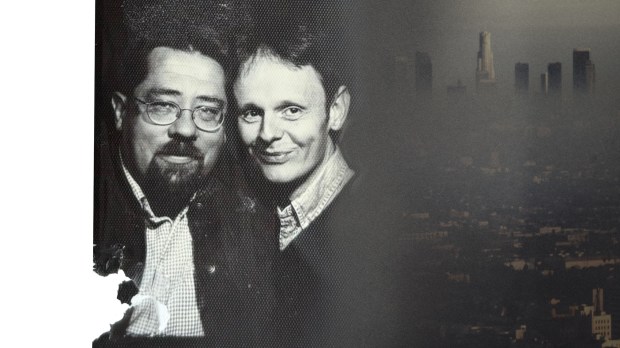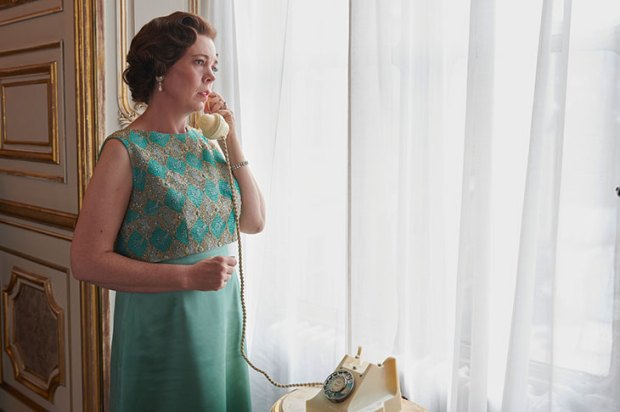Audio description, or AD, as it is fondly called, is coming of age. Once consigned to the utility room of grey voices reading boring cues to inform blind people what was going on on stage or screen, AD is now a dynamic narrative form that is findinga presence in almost all the arts (from opera, theatre and film to art galleries and museums). It is so widespread and well done that many consider it an art form in itself.
For the uninitiated, audio description simply provides a listener, through headphones or a TV speaker, with the essential details of the action and events in a film or play during a convenient pause. When done well, it does not intrude on an audience’s experience of the play, the acting or the director’s intention, but instead shapes and enhances it.
Over the past few weeks, for instance,I have seen quite a few shows in the West End and at the National Theatre that have ‘audio described’ performances. As usual, AD gives me access to precise facial cues that I, as a blind person, would never see. At Amadeus at the National I am informed through my earpiece that ‘She [Mozart’s wife] looks at the palms of her hands sadly, and softly turns away’. I was also told about the physicality of the orchestra, which was an integral part of the action on stage. And if you like musical shows (which I don’t) AD can really change the game. At Pinocchio (also at the National), having someone describing how a dancer moves –– swivel, turn, bend, tap — really does give you the sense of how a body works on-stage and how it interacts with others.
Audio description is also increasingly available via media and streaming providers, and here the quality of description is really improving. Netflix, Amazon and Apple store all offer AD on a large percentage of their libraries. My favourites are the descriptions on Scandi dramas and crime thrillers. They are so detailed and rhythmic — akin to an afternoon play on Radio 4. ‘He raises the knife — he plunges it down, again and again and again. She slides down against the kitchen cupboard — blood pours out of her mouth and into a pool to the floor.’ Silent Witness (and my ironing) on a Monday evening has never been so riveting.
Of course, as with many modern inventions, you need to be careful what you choose to take your blind and visually impaired auntie/sister/brother/friend to. My sighted sister and I went to see the first Fifty Shades of Grey a few years back, and even though we both knew the film was going to be bad, I convulsed so hard with laughter that I fell off my seat at the cinema. She was mortified. Afterwards, I had to explain that hearing American accents having rampant sex — ‘Antastasia! Christian!’— while a rather bored English voice describes the scene with the enthusiasm of someone readinga tax return was very hard. When I heard, for example: ‘Christian pulls down her underwear. He spanks her bottom. He spanks her again. She smiles,’ I rather lost the plot. And from the audio describer’s tone of voice,I suspect that I wasn’t the only one.
AD is common in public art galleries. The V&A’s touring Opera exhibition comes with a headset and audio guide that was not created for blind visitors but for everyone. Designers and directors share their thoughts about the sets and costumes on display, which brings the entire exhibition to life. At Tate Modern’s Modigliani show, hearing the curator’s views about the artist’s life, intentions, brush strokes, addeda different dimension to it all. I know many will find the idea of a blind person enjoying art surprising, but art is not just about seeing, but also about the language used to describe what is being seen. And beyond the art world, audio description commentary is available at almost all major UEFA Champions League football matches, not to mention, albeit slowly, at local football clubs around the UK. Anyone can ask for a headset, blind or not.
Indeed, as many commentators are increasingly arguing, on both sides of the Atlantic, audio description is not just for blind people. Georgina Kleege at the University of California, Berkeley, and Hannah Thompson at London University (to name just a couple) point out that there can be some sort of ‘blind gain’ from things that support what we presume is ‘sight loss’. Haptic technology (how your mobile phone buzzes when you press it) is another format that has many uses over and above telling you that you have a message.
In other words, tools created for disabled people are not simply utilitarian and functional, but things that can enhance all of our experiences, whether or not we are disabled. Now, if you’ll excuse me, I am off to listen to more Silent Witness.
Got something to add? Join the discussion and comment below.
Get 10 issues for just $10
Subscribe to The Spectator Australia today for the next 10 magazine issues, plus full online access, for just $10.
You might disagree with half of it, but you’ll enjoy reading all of it. Try your first month for free, then just $2 a week for the remainder of your first year.














Comments
Don't miss out
Join the conversation with other Spectator Australia readers. Subscribe to leave a comment.
SUBSCRIBEAlready a subscriber? Log in